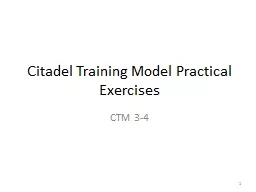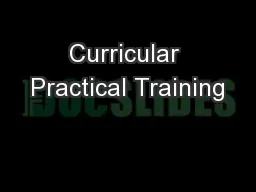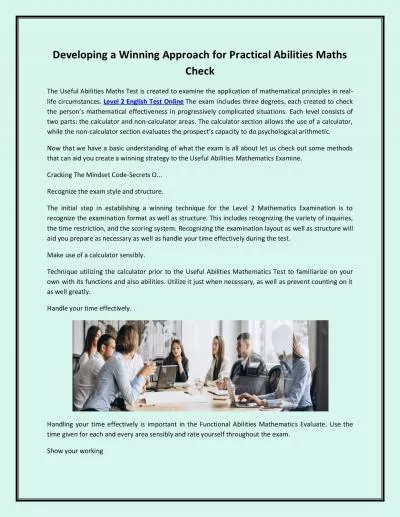PPT-A Practical Approach to
Author : test | Published Date : 2016-03-20
Marketing of Innovations in Resource Constrained Firms By George Miaoulis Jr PhD Fulbright Scholar VUZF University Bulgaria Professor of Management Hiram
Presentation Embed Code
Download Presentation
Download Presentation The PPT/PDF document "A Practical Approach to" is the property of its rightful owner. Permission is granted to download and print the materials on this website for personal, non-commercial use only, and to display it on your personal computer provided you do not modify the materials and that you retain all copyright notices contained in the materials. By downloading content from our website, you accept the terms of this agreement.
A Practical Approach to: Transcript
Download Rules Of Document
"A Practical Approach to"The content belongs to its owner. You may download and print it for personal use, without modification, and keep all copyright notices. By downloading, you agree to these terms.
Related Documents














